Parents around the globe love their kids the same, but there are some big differences in the way we treat them and the lens through which we view parenting as a whole.
One of the benefits of global travel is learning about customs that make our cultures different. Some of these particularities can be a challenge for Americans. Others, however, may have you wondering, “Why don’t we do things like that here?”
The following parenting practices are considered totally normal in these countries, often to the shock of American visitors. But if you’re willing to shift your perspective slightly, they also have benefits for kids and parents that might cause us to reexamine our assumptions about what “good parenting” looks like.
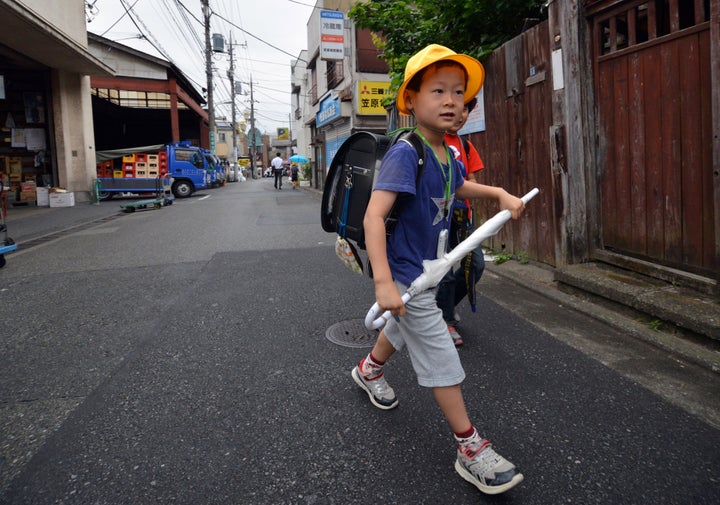
1. Kids in Japan are running errands and walking to school by themselves.
You’ve likely heard of the television program “Old Enough” (“Hajimete no Otsukai,” or “My First Errand,” in Japanese.) While the show has been a sensation in Japan for decades, only this year did it amass a U.S. following after its Netflix premiere. It’s a reality program that follows young children — ages 2-5 — as they undertake tasks such as going to the store.
As in all reality television, there is a great amount of orchestration behind the scenes to keep the children both safe and in sight of the cameras. But the show highlights a real cultural difference between Japan and the U.S. In Japan, it’s not unusual to see children — perhaps not quite as young as those featured on the show, but still elementary-school-aged — taking public transportation or walking to school on their own or with other young children, demonstrating a degree of independence virtually unheard of for American children of the same age.
Perhaps this has something to do with Japan’s low crime rate: The incidence of gun homicide there is 350 times less than in the U.S.
In safe, enclosed spaces like schools, Japanese children are likewise given significant responsibilities. As young as age 6, children are tasked with cleaning their schools — even bathrooms! — and serving lunch to their classmates.
Maybe it’s time for us to ask our kids to step it up a little in the chore department.
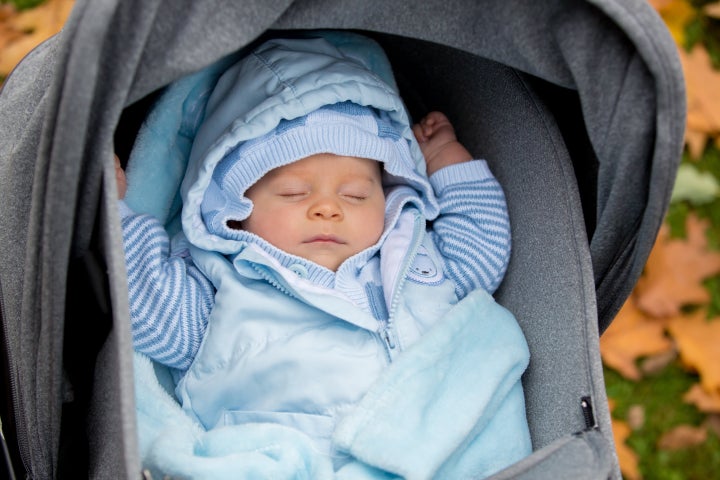
2. Scandinavian babies take their naps al fresco.
In Denmark and other nations known for their long winters, it’s perfectly normal to see strollers parked outside of cafes with babies still in them, napping contently.
A recent TikTok video about the practice went viral, teaching a new generation of astonished Americans, and others, about the Danish custom of leaving babies outdoors in their strollers to sleep. There is a cultural belief about the fresh air helping the babies sleep better and being healthy for them — which, given what we’ve learned these past couple of years about virus transmission in enclosed spaces, makes a lot of sense!
In individual homes and daycares, you will see babies snoozing outside tucked inside their strollers, as well as out front of shops, restaurants or bars, where their parents might be inside enjoying a drink and keeping an eye on their little one from a table near the window.
While the practice is new to Americans, it’s been going on in countries like Denmark and Finland for generations. But this is definitely not something you’ll want to try at home. When Danish mother Annette Sorensen left her baby outside a New York City restaurant back in 1997 while she and her partner went inside to have a drink, Sorensen was subsequently arrested, strip-searched and temporarily lost custody of her daughter.
There have been more recent cases of American parents being reported to the authorities for such offenses as briefly leaving a child in the car while shopping or sending them to the local playground by themselves.
If it’s truly not safe to leave a baby outdoors in a stroller for a nap in the U.S., maybe instead of vilifying parents we could focus on how to make public spaces less dangerous.
3. Some Chinese babies don’t wear diapers.
Traditional Chinese infant potty training, known as “elimination communication” by Westerners who have adopted the practice, involves babies spending their days diaper-free.
Sometimes starting as early as the first weeks of life, babies are held bare-bottomed over the toilet — or a trash can or bush, if they happen to be outdoors — and caregivers cue them to urinate with a gentle shushing sound that sounds vaguely like running water. Parents say they learn to read baby’s signals that they are ready to “eliminate,” such as squirming or gazing off into the distance.
Adherents of the practice say that they are able to dramatically reduce the number of diapers they use in a win for both their budgets and the environment. Some do find it helpful to remove any carpeting in their homes, however.
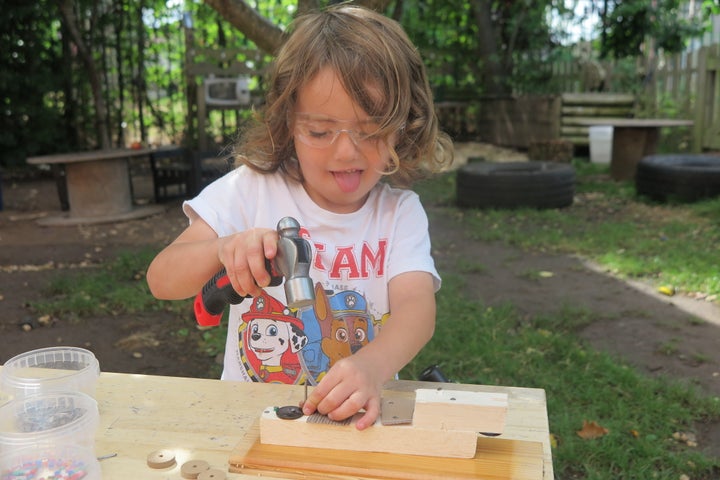
4. Italian preschoolers may do woodwork with hammers and saws.
In the Reggio Emilia preschools that were designed in the Italian region of the same name after World War II, children were encouraged to learn through exploration and follow their own interests. The educational philosophy has since spread across the globe, although there is no formal Reggio Emilia certification process, so different schools take inspiration from the approach as they see fit.
One sight that’s common in a Reggio school — and likely not many other places — is very young children wielding little hammers to pound nails and saws to cut wood in order to build their own original creations.
“Reggio Emilia encourage a wide range of media through which children can express themselves,” Peter Moorhouse, an expert in early childhood education and woodworking, told HuffPost.
Parents, says Moorhouse, “are surprised by just how confident and competent their children are working with tools.”
Enticed by the tactical satisfaction of the wood and tools, children practice creativity and develop problem-solving skills as they work, making this one of the most engaging and memorable parts of their first years at school.
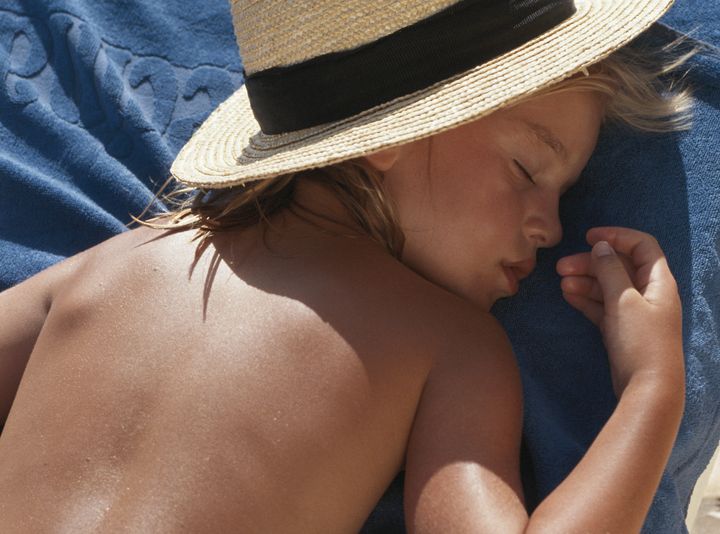
5. Swimsuit tops are optional for kids of all genders in Europe.
The sight of a little girl running around on the beach or at the pool in only her bathing suit bottom is no big deal to the locals in places like Spain and Germany.
While we’re used to seeing boys playing in and around the water in only their swim trunks, the idea that little girls don’t need any additional coverage is completely foreign to Americans.
But why do we insist on bikini tops, or one-pieces that complicate trips to the bathroom, for our girls? Because it’s what we expect of grown women?
To state the obvious, little girls don’t have breasts yet. What does it say about us that we insist on pretending that they do?
Of course, Europeans tend to be much less hung up about nudity in general. It’s also not uncommon to see adult women sunbathing topless on beaches, and specific beaches are clothing-optional for all.
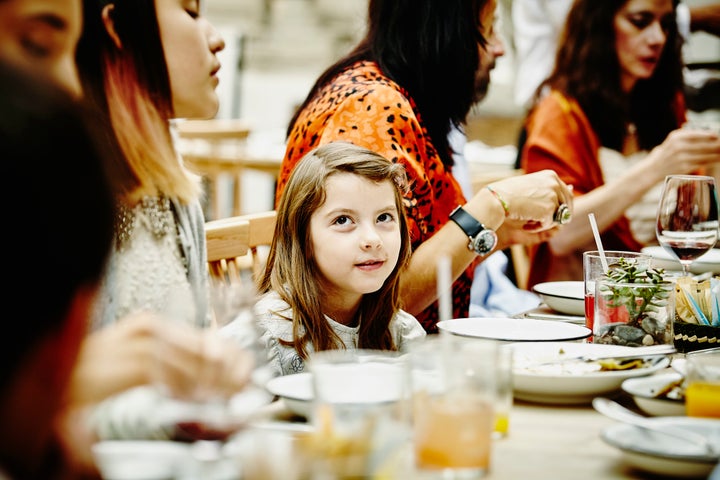
6. French children eat like grown-ups.
You’d be hard-pressed to find a kids’ menu in a restaurant in France. Similarly, you won’t find a separate table for kids, with separate dinnerware and food options, at any special events.
While lots of American kids are frequent smackers, French children tend to meet most of their nutritional needs through three daily meals and one snack. They sit at the table with their families to eat dinner, often set up with a tablecloth and the kind of “nice” dishes that many Americans tend to keep away from their kids.
Even school lunch tends to involve four courses served restaurant-style at a table, and a minimum of 30 minutes to dine in order to ensure that they eat well.
Karen Le Billon, a Canadian who moved with her family to France and wrote a book about her experience, told the BBC that training kids to savor their food this way also limits the phenomenon of picky eaters: “The French believe that taste is a skill that can be acquired . . . They believe that children can learn to eat, and like, all kinds of food.”
Rather than telling a child that a type of food is nutritious or that they have to eat it, says Le Billon, a French parent is more likely to encourage a child to try it because it tastes good.
7. Italian kids tend to go to bed really late.
It’s not unusual to see a family pushing a stroller around the piazza at 8, 9 or even 10 o’clock at night. Italians dine late, and, like their French counterparts, often dine together as a whole family, even when it means some of the younger members end up conked out in their parents’ laps before the evening is over.
American parents spend so much time fretting about their children’s sleep habits that it’s spawned a whole industry of sleep consultants who promise to help train babies and young kids in order to give parents their nights back.
Of course, kids do need a solid amount of sleep for their health and growth. While there is at least one study showing that Italian kids get less sleep overall than kids in other countries up until age 6, researchers also found that the “sleep hygiene” (routines and an environment conducive to uninterrupted sleep) of Italian teens was significantly better than that of American adolescents.
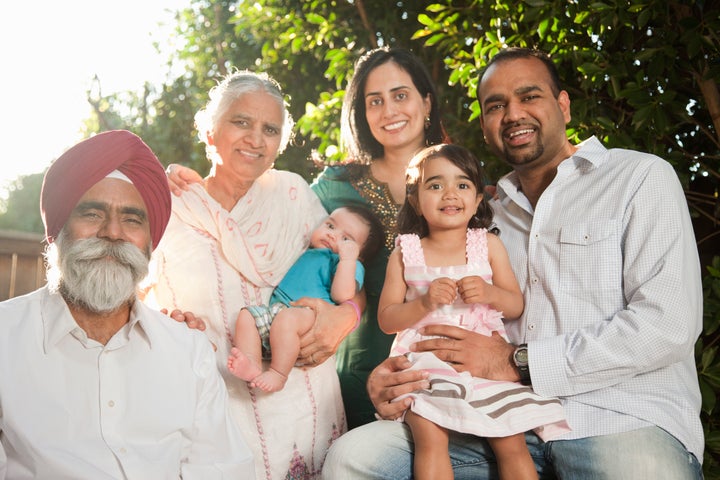
8. It’s common for Indian children to be cared for by a number of generations within a family.
The individualist, every-nuclear-family-to-itself approach to parenting that is so common in America is far from the norm in many other places where there is a more collectivist philosophy to caregiving.
In a study of Indian families spanning decades, anthropologist Susan Seymour recognized the practice of “multiple childcare, as as opposed to exclusive mothering we see in the United States.”
Instead of being tended to all day by a nursing mother, the Indian babies Seymour observed would be passed from one relative to another — including younger family members — so that the mom could attend to her other obligations.
“Children grow up in extended households,” Seymour told HuffPost. She described “relatives coming and going,” and “plenty of people to take care of them.”
Knowing that this model existed in other parts of the world gave Seymour the confidence to return to work when she had her own children in the U.S.
Whether you’re leaving a baby with grandmothers and cousins or day care providers and babysitters, there’s no reason to think that not staying home with them constantly does any harm to a child’s attachment or development.
In other words, working moms should drop any guilt they’ve been carrying and embrace multiple caregiving as normal and healthy.
9. Fathers from the Aka tribe do nearly half of the caregiving.
Across the world, the sight of women tending to the needs of young children is ubiquitous. But, there is precedent for men taking on a significant portion of the child care duties. In the nomadic Aka tribe of central Africa, anthropologists have observed that fathers spend 47% of their time within arms’ reach of their infants.
Roles are interchangeable and flexible. Aka women also hunt while the men do the cooking, and vice versa.
Although the tribe’s top leadership roles go to men, it is also not unusual to catch sight of an Aka baby suckling for comfort (not milk, obviously) at its father’s nipple.
Credit: Source link